Remember the early days of craft beer? Breweries going against the grain, making beer you couldn’t find in most grocery and beer stores. One of those defining craft beer styles was Amber Ale. A style that’s less in fashion now, but still incredibly delicious.
We’ve put together our list of the best Amber Ales you can drink right now. From the classics to more modern interpretations, beer lovers of all kinds will find an Amber Ale to their liking.
If you’ve been seeing red because of the lack of Ambers on the market… Don’t worry. Read on and we’ve got you covered with many accessible, readily available, and amazing picks.
We think there’s still plenty of room in the market for Amber Ales. Luckily, many breweries are still producing excellent examples.
These are the Best Amber Ales Available (imho)
Here are the 10 best Amber Ales you can drink right now.
Red Seal Ale by North Coast Brewing Co.

First up on our list is a timeless beer from North Coast. Their Red Seal Ale has been an American craft staple for over three decades.
Red Seal pours a pretty, rusty amber, with a slight bit of haze. Resinous and earthy aromas waft out of the glass, with a layer of classic American hoppiness and citrus. The rich body carries flavors of candied orange and light caramel, balanced by moderate hop bitterness. More of the same earthy and citrusy hops carry the beer to its refreshing, long finish.
Switchback Ale by Switchback Brewing Company

Vermont is famous for its boundary pushing, genre defining breweries. Switchback, located in Burlington, takes a different approach. Though they do release many good contemporary beers, they really focus on their core range and brew them to perfection. Switchback Ale is their flagship brew, an Amber Ale that hits all the marks.
Unfiltered and naturally carbonated, Switchback Ale has a cloudy appearance but the vibrant deep red hue seems to glow. Aromas of fruit and clean hoppiness mirror the palate. A smooth beer with a great balance between the caramel maltiness and spicy hop profile.
The Original Craft Beer Club searches out exceptional craft beers from around the country and then delivers the monthly beer club selections direct-to-your door.
Zoe by Maine Beer Company

Maine Beer Company brews some of the most unique hoppy beers available. There’s almost no brewery who showcases American hops better than these Mainers. Zoe, their hoppy Amber Ale, is an onslaught of complex hop expression held together by rich layers of thoughtfully selected malts.
Though a higher alcohol (7.2%) almost puts this beer in the IPA zone, the robust caramel backbone and beautiful amber color fit it nicely into Amber Ale. Piles of Simcoe, Centennial, and Columbus hops combine for a pine-forward, very dank hoppiness. Dark fruit and caramel notes from the malt create an interesting contrast while the dry finish keeps Zoe very drinkable.
HopBack Amber Ale by Tröegs
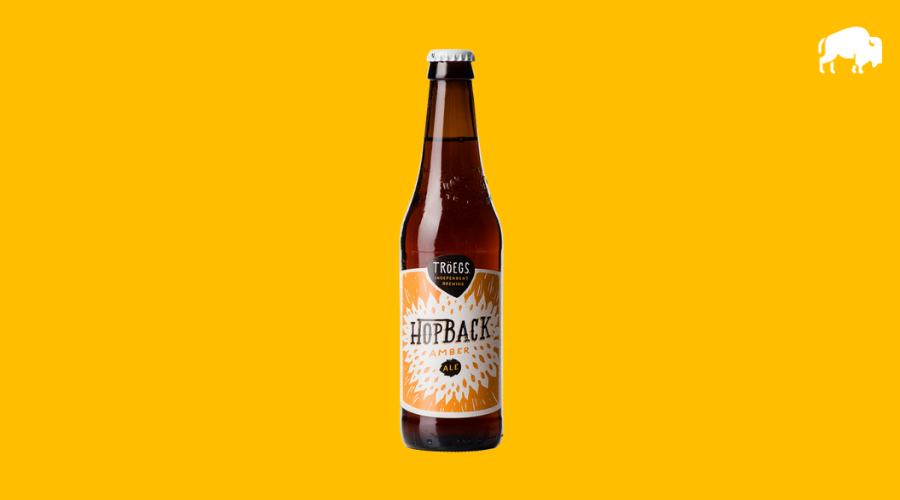
The Tröegs take on Amber Ale is refined and restrained. Unlike some of their other excessively hopped beers, HopBack Amber Ale is smooth and balanced. It’s certainly hoppy, but the crystal, Munich, and Pilsner malts are expertly designed to maximize drinkability.
HopBack pours a clear amber color with a spritzy carbonation. Subtle notes of toffee add a richness to the earthy, herbal, and slightly lemon-like hop character. It’s crushable, yet flavorful. It could easily serve as a great entry into craft beer, but will impress just about any type of beer lover.
Amber Ale by Bell’s Brewery
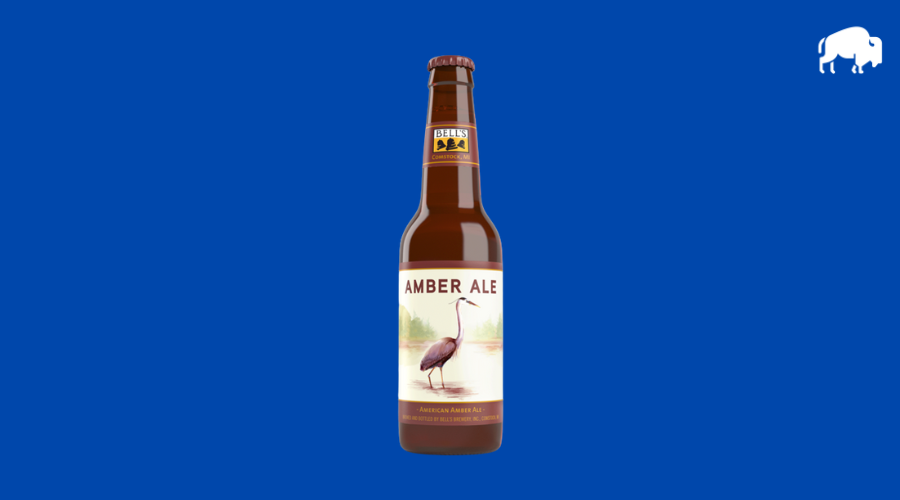
First brewed way back in 1985, Bell’s Amber Ale has been a staple at this legendary Michigan brewery ever since. At the time, it was revolutionary. Hoppier, more flavor-packed, and a bit darker than pretty much anything else on the market, Amber Ale quickly became a crowd favorite.
These days, Bell’s Amber Ale is still an outstanding beer. Balanced bitterness blends into a rich caramel backbone with notes of graham cracker and toffee. Lingering hoppiness keeps you coming back for more. It’s easy-drinking and not too heavy, and a great alternative if you want a break from pale lagers.
Voyageur des Brumes by Brasserie Dieu du Ciel!
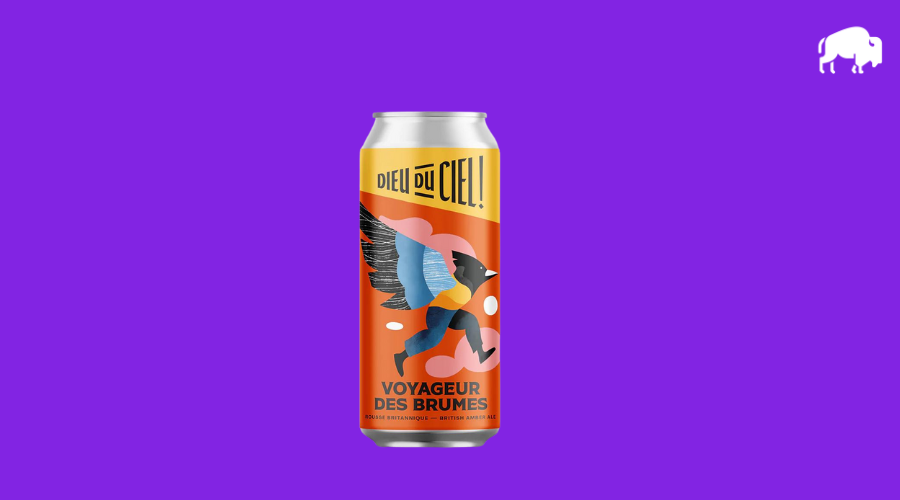
Amber Ale in the Canadian province of Quebec is a culturally important beer style for the region’s brewing history. The style known as Rousse (meaning red) has been brewed by many of the province’s original craft breweries for decades. It continues to be a popular style – or range of red styles – to this day. One of the finest examples is Voyageur des Brumes by Montreal brewery, Brasserie Dieu du Ciel!
Voyageur des Brumes is categorized as a British Amber Ale. It’s more of a mix of old-school American Pale Ale and British style ESB. Caramel, herbal hoppiness, and a smooth malt backbone make this beer incredibly easy drinking. A delightful red hue floats an off-white frothy head. A great beer from this legendary Quebecois brewery. Better yet if it’s on cask.
Fat Tire by New Belgium
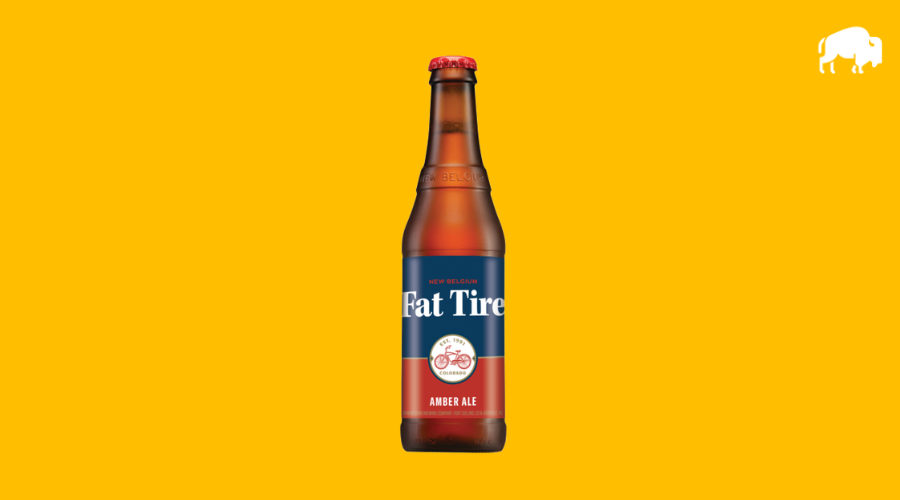
Another classic American craft beer, New Belgium’s Fat Tire is a great proto-typical American Amber Ale. Like Sierra Nevada Pale Ale and Deschutes’ Mirror Pond, Fat Tire is one of the most important beers in the history of American craft beer.
Fat Tire is straightforward and not all that hoppy for today’s standards. What makes it great is the depth and complexity of the malt character. Biscuity grains combined with a caramel undertone provide a smooth, comforting body. Herbal and earthy hop character rounds out the palate and it goes down dry and crisp.
Amber by Alaskan Brewing Co.
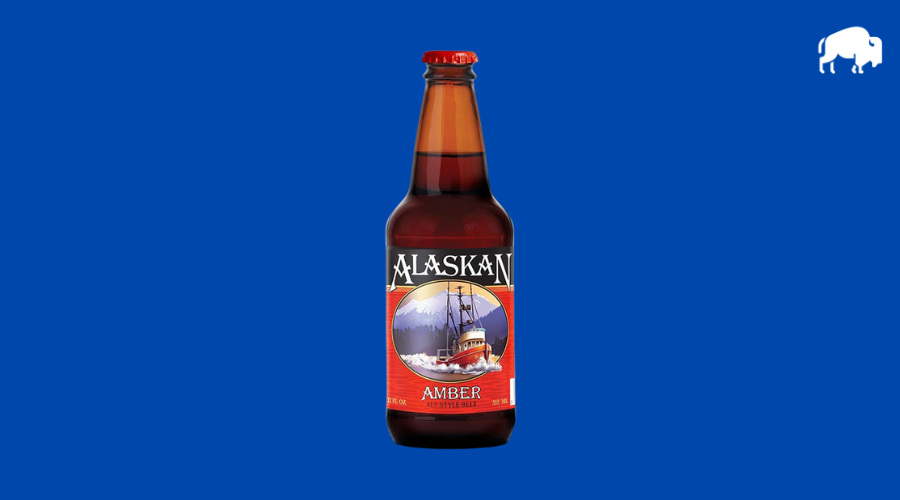
We mentioned that Amber Ales can have a range of flavors and a diversity within the style. Alaskan Brewing’s Amber is actually an Altbier style ale. Brewed since the late ‘80s, this beer is certainly deserving of a spot on this list. It’s a classic and stands up to some of the great Altbiers of Düsseldorf.
Different from most American Ambers, Alaskan’s Amber has more subdued hoppiness, and a focus on crisp drinkability. The gorgeous red hue is the result of a blend of pale 2-row barley and specialty malts. Smooth and easy drinking, but with a burst of flavor that keeps every sip refreshing.
Prohibition Ale by Speakeasy Ales & Lagers
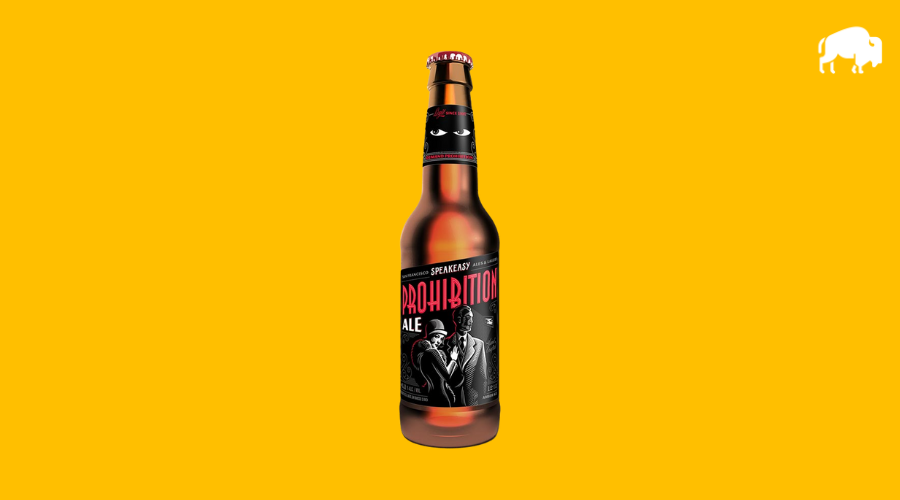
For 25 years, Speakeasy has been producing a fine range of contemporary American beer out of their San Francisco brewery. Among their most coveted recipes is Prohibition Ale: a balanced and nuanced Amber Ale.
Prohibition pours on the lighter side of amber, and is generally crystal clear. A distinct hoppiness shines through the heavily caramel and crystal malt body. The perfect balance of bitter and sweet keeps the beer from being cloying. Notes of candied orange and fresh bread hold up the layers of bright and piney hops. A great beer that doesn’t veer too far into the IPA category but would still satisfy most hop-heads.
Evil Dead Red by Alesmith Brewing Company
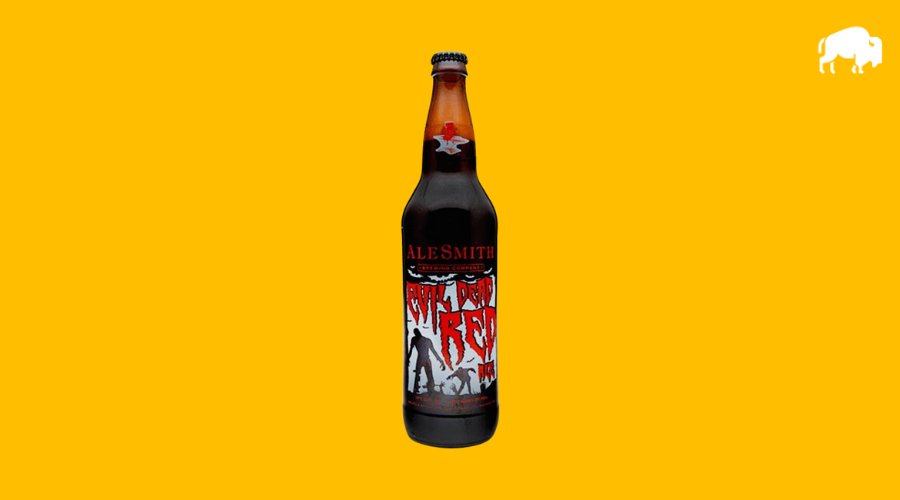
Every Halloween, Alesmith releases Evil Dead Red – their take on American Amber. At 6.66% ABV and deep red in color, you may think it’s a novelty beer. Make no mistake, it’s just a well-brewed, hop-forward red ale that hits all the right marks.
Perhaps, along with Maine Beer’s Zoe, the most contemporary beer on this list, Evil Dead Red packs a full punch of zesty and pungent American hops. A malty backbone and extremely smooth body remind you that – yes – it’s an Amber Ale with every gulp. Lovely notes of caramel and toasted malts keep the vibrant hoppiness in check. Alesmith’s Halloween beer is all treat, no trick. Just a fine Amber Ale that fits perfectly into this classic style of diverse beers.
What Is Amber Ale?
Delicate hoppiness, full-bodied malt sweetness, firm bitterness, and easy drinking. That’s what I expect when I reach for an Amber Ale. A caramel maltiness is, of course, necessary. This brings tasty candied notes that mesh well with both American and European hop flavors. Because of the use of caramel and crystal malts, a beautiful amber color is imparted in the beer.
The BJCP’s entry for Amber Ale is 19A. American Amber Ale. From their style guidelines, it’s characterized by American hops balanced by a hearty, full bodied, caramel malty backbone.
Some would argue that Amber Ale also includes British and European red beers like Scottish Ale, Irish Red, and even German Altbier. They wouldn’t be wrong. Amber Ale, also sometimes known as Red Ale, is a broad range of beers grouped together mainly from the color.
Generally, an Amber Ale will have the following characteristics:
- Bitterness: IBU 25 – 40 IBU – Middle of the road bitterness. Hops can be used later in the boil to let those delicate hop aromatics shine through.
- Appearance: 10-17 SRM – Amber to coppery-brown. Normally clear but some haze is common especially in hoppier versions and bottle conditioned beers.
- Alcohol: 4.5% – 6.2% – A moderate to slightly elevated alcohol presence. Amber Ale should never have pronounced alcoholic flavors that come through.
- Mouthfeel: Full bodied from the use of kilned and caramel malts. Carbonation can range from low (British examples) to moderate (American Amber Ale).
What Makes Amber Ale Good?
Amber Ale always reminds me of the fall season. Maybe that’s because a lot of breweries release Amber and Red Ales as seasonal autumn beers… But the fuller body, comforting caramel notes, and soft mouthfeel create a great bridge from summer pilsners to winter stouts.
A great Amer Ale should have a clean fermentation character. Some British yeast esters (fruitiness) can be there, but most of the sweetness should be derived from the malt. Caramel and crystal malts bring sweetness and a slight stickiness to the palate.
The finely tuned malt base should be balanced perfectly with moderate hop bitterness. On top of the bitterness, hop flavor and aroma can be anywhere from medium to high. The key for a successful Amber Ale is to not cross that boundary into IPA level hoppiness. The risk is that the drinker will be overwhelmed by hop flavors and miss the chance to appreciate the complexities of the grain character.
Amber Ale is an often underappreciated style. Once one of the most popular styles in American craft beer, it’s now been mostly replaced with hoppier pale ales and such styles as Red IPA.


